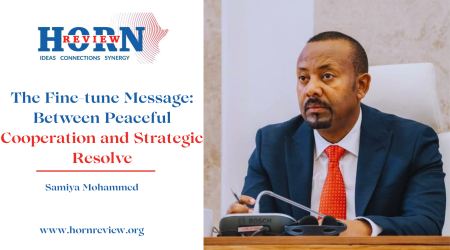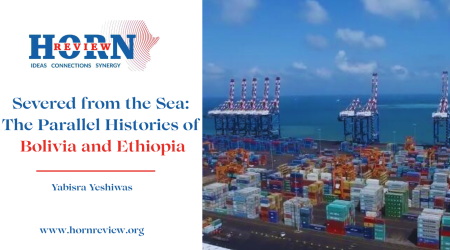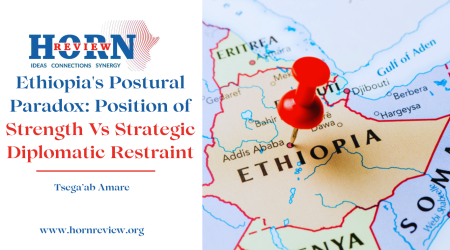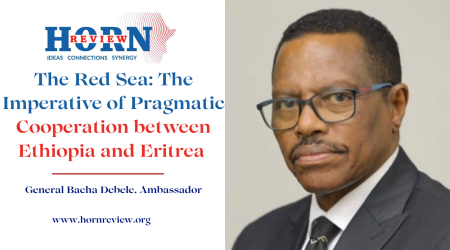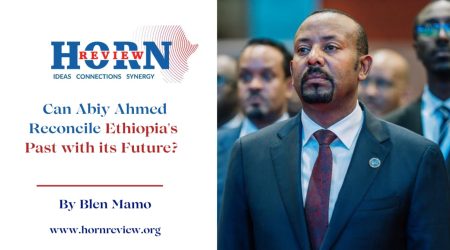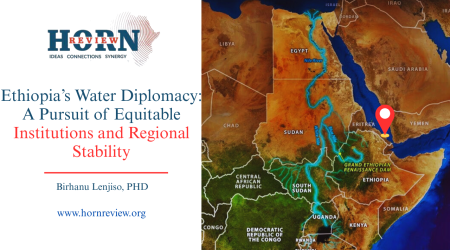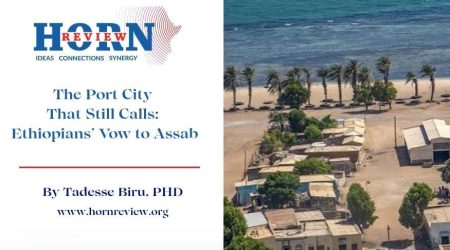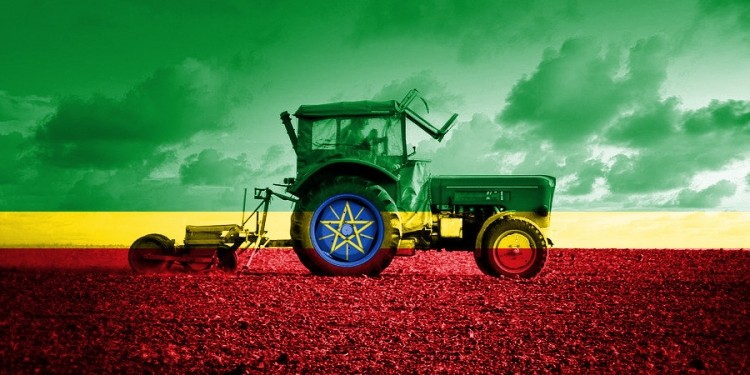
8
Jul
Fertilizer Diplomacy: Ethiopia’s Strategic Turn Toward Domestic Production and Regional Influence
Agriculture remains the foundational pillar of most African economies, providing livelihoods for a significant portion of the labor force, especially in countries in sub-Saharan Africa. In Ethiopia, approximately 70% of the population depends on this sector. Despite the continent’s capacity to produce over 30 million tons of mineral fertilizers annually, Africa consumes only half that amount, creating a persistent supply deficit of nearly 2 million tons. The region remains heavily reliant on imports, particularly for non-phosphate fertilizers.
Africa’s burgeoning population – expected to exceed 2.5 billion by 2050 – places immense pressure on food systems. This challenge is compounded by the extreme volatility of global fertilizer prices, which have tripled since early 2020 due to disruptions such as the Russia-Ukraine conflict. In this environment, fertilizer has evolved from a simple agricultural input to a critical geopolitical commodity.
Recognizing this, Africa’s wealthiest individual, Aliko Dangote, is leading an ambitious initiative to reduce the continent’s dependence on imported fertilizers. Drawing from his success in transforming Nigeria into a net exporter of nitrogen-based fertilizers – leveraging Nigeria’s abundant natural gas reserves for urea production – Dangote offers a blueprint that can be replicated in gas-rich countries like Ethiopia. This approach aligns economic development with agro-industrial sovereignty and regional trade diplomacy.
Ethiopia is set to finalize a $3 billion deal with the Dangote Group by mid-July 2025 to build a large-scale fertilizer plant in Gode, located in the Somali Regional State. This project represents a strategic shift toward fertilizer diplomacy: leveraging domestic production capacity to strengthen Ethiopia’s food security, economic independence, and influence within East Africa. The plant will supply both Ethiopia’s domestic market and neighboring countries.
Currently, Ethiopia imports fertilizer from Russia and Morocco. Establishing local production directly supports broader national objectives: reducing food input costs, easing pressure on the national currency, improving the trade balance, and conserving foreign exchange reserves strained by imports.
The choice of Gode for the plant is highly strategic. Situated along the Ethiopia-Djibouti logistics corridor, Gode offers direct access to port infrastructure vital for importing raw materials and exporting finished products. This complements federal policies aimed at decentralizing industrial growth, reducing migration to urban centers, and stimulating regional economies.
This development enables Ethiopia to shift from dependency on international shipments to localized manufacturing, facilitating more efficient fertilizer distribution domestically and creating export potential to Somalia, Somaliland, Djibouti, Kenya, South Sudan, and Gulf states. As a result, Ethiopia could emerge as a fertilizer production hub in the Horn of Africa, reducing exposure to global supply chain disruptions caused by regional conflicts and maritime risks.
The fertilizer project is a tangible outcome of Ethiopia’s Homegrown Economic Reform Agenda (HGER), initiated by Prime Minister Abiy Ahmed in 2019 and entering its second phase in 2023. It reflects the agenda’s focus on liberalization, foreign direct investment attraction, and agro-industrial transformation – key drivers of Ethiopia’s economic modernization.
Ethiopia’s Ogaden Basin holds proven natural gas reserves estimated at 2.6 trillion cubic feet, with total potential reaching 6.9 trillion cubic feet. These reserves can support the country’s fertilizer production, power generation, and industrial needs for decades. Previously, efforts to export this gas faced financial and infrastructural barriers. The current strategy prioritizes domestic utilization, thereby reducing external vulnerabilities and advancing self-sufficiency.
Geopolitically, domestic fertilizer production strengthens Ethiopia’s economic resilience against volatile global markets and supply disruptions. It is a form of economic defense that integrates natural resource management, industrial policy, and regional diplomacy.
The project faces challenges. Dangote’s existing financial obligations may complicate capital mobilization. Additionally, ensuring fertilizer affordability and adoption among smallholder farmers is critical for achieving productivity gains. Ethiopia must also navigate competition from major producers like Qatar, whose expanding presence in the Horn could impact market dynamics.
Despite these challenges, localized fertilizer production promises significant benefits, including job creation, rural income growth, reduced import dependence, and foreign exchange savings. The integration of climate-smart agriculture and agritech – potentially through partnerships with countries like China – can accelerate Ethiopia’s agricultural modernization.
Furthermore, this initiative is poised to enhance intra-African trade within the framework of the African Continental Free Trade Area (AfCFTA). Streamlining regional trade policies and eliminating non-tariff barriers within COMESA and the East African Community will allow Ethiopian fertilizer to access broader markets efficiently.
Optimizing Ethiopia’s regulatory environment to liberalize fertilizer distribution – allowing greater private sector involvement alongside traditional cooperatives – will enhance efficiency and affordability for farmers. Additionally, targeted subsidy schemes such as e-vouchers can improve accessibility and effective use of fertilizer among smallholders.
In conclusion, Ethiopia’s fertilizer partnership with the Dangote Group transcends agriculture. It is a strategic initiative of fertilizer diplomacy that harnesses natural resource wealth, geographic advantages, and policy reforms to achieve food security, industrialization, and regional influence. If successfully implemented, this project will redefine Ethiopia’s agricultural landscape and provide a replicable model for African economic resilience amid global uncertainty.
By Surafel Tesfaye,Researcher,Horn Review


